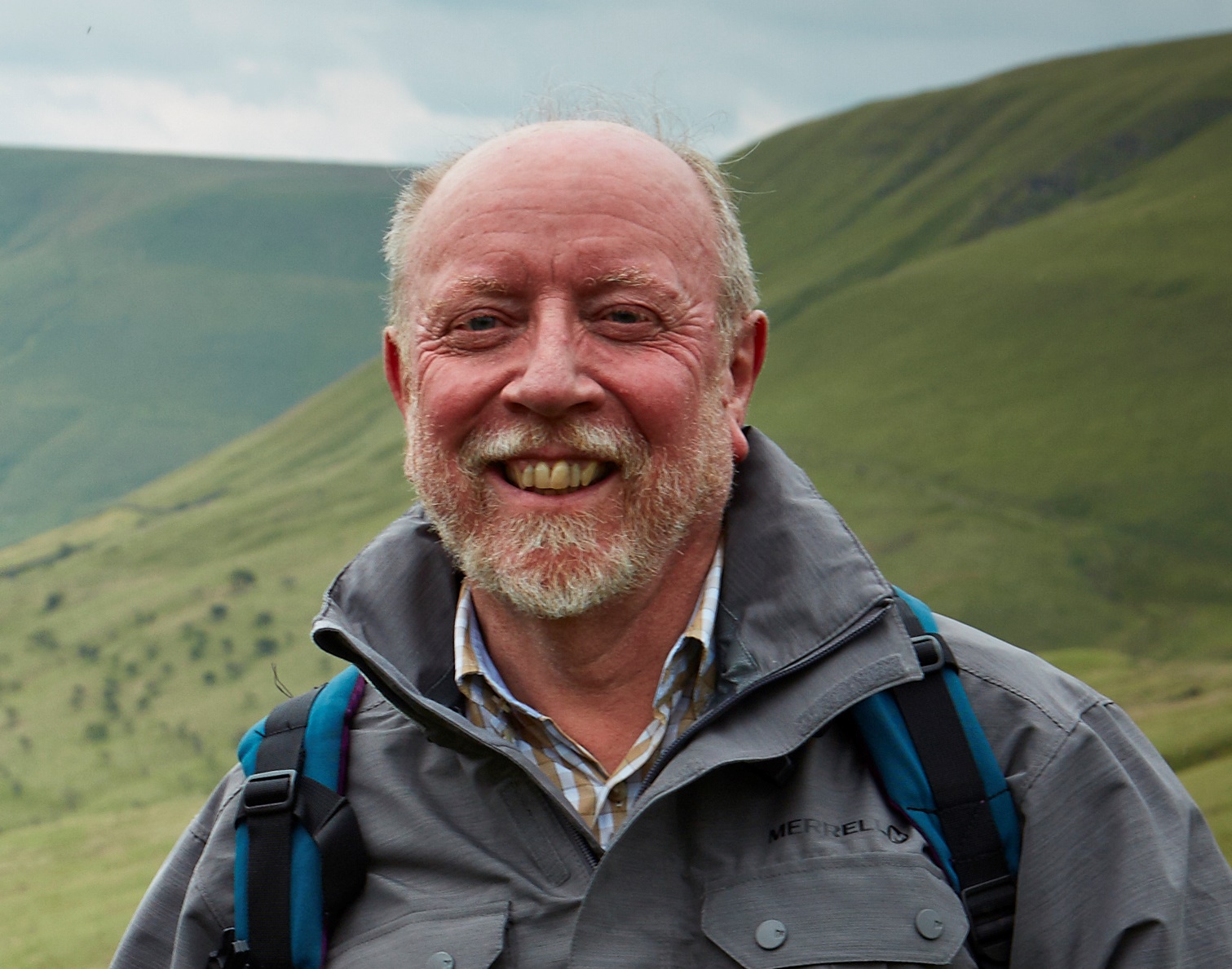Find out more about his remarkable life of John Muir and his legacy in our historic guide.
Who was John Muir?
John Muir, the Scots-born pioneer environmentalist, has more protected areas, public parks and schools named after him in California than any other person.
The immigrant Scot was voted “the greatest Californian” in 1976, and you can’t travel far in the Golden State without coming across his name and rugged, white-bearded profile, which even features on the state’s quarter dollar coin.
When was John Muir born?
John Muir was born in Dunbar in 1838, the son of an evangelical Presbyterian who immigrated to the Wisconsin frontier in 1849, and he never lost that soft, Lowland Scots burr.
Later in life Muir recalled: “When I was a boy in Scotland I was fond of everything that was wild... I loved to wander in the fields to hear the birds sing, and along the shore to gaze and wonder at the shells and the seaweeds, eels and crabs in the pools when the tide was low; and best of all to watch the waves in awful storms thundering on the black headlands and craggy ruins of old Dunbar Castle.”
But John Muir, one of the world’s earliest and most influential conservationists, is barely recognised in the country of his birth. The John Muir Trust in his native Scotland does sterling work in acquiring and protecting wild land, and he is commemorated in a visitor centre in his birthplace of Dunbar on the North Sea coast. But most British people don’t have a clue to who this hugely influential figure was.
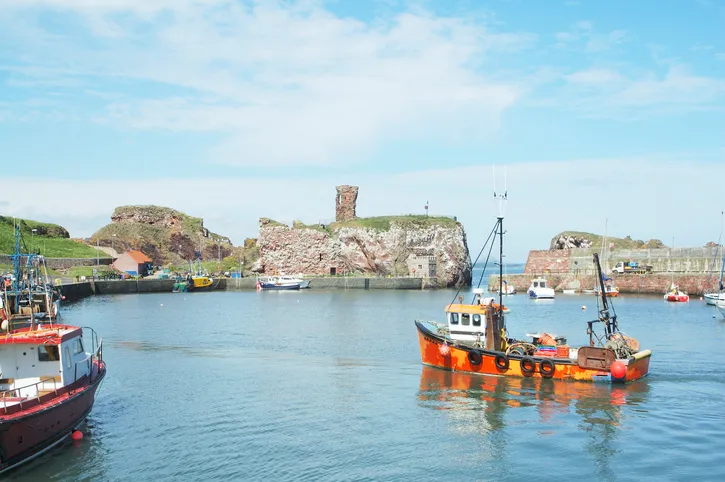
What was John Muir famous for?
Protecting Yosemite is what John Muir is most famous for The soaring granite domes, spires and walls of Yosemite, described by John Muir as “Nature’s cathedral”, were his spiritual home. The mile-deep valley in the Sierra Nevada, 140 miles east of San Francisco, captivated Muir from the moment he first set foot in it in 1868, as a rather reluctant sheep herder. Predicting the modern problem of overgrazing, he memorably dubbed sheep “hoofed locusts”.
But from the moment he arrived, he began campaigning for its protection as a national park. Yosemite was already America’s first state-protected area, after President Lincoln signed a bill ceding it to the state of California “for public use, resort and recreation” as the Civil War raged in 1864. But Muir pushed for greater protection, and his ambition for Yosemite to become a national park was finally achieved in 1890 when it was signed into law by President Harrison.
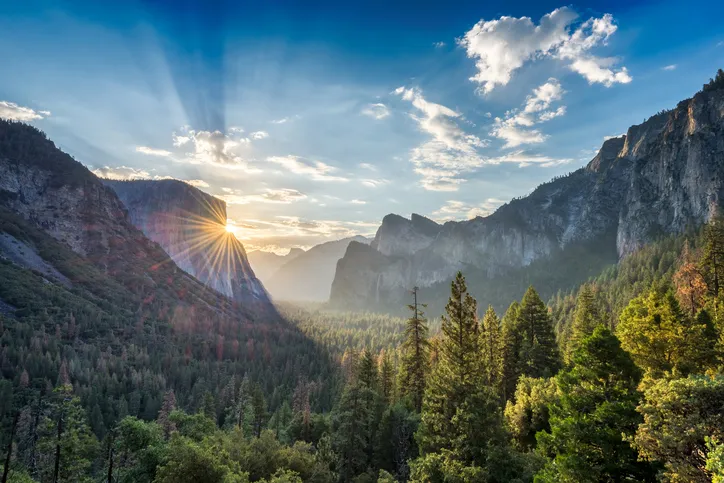
When did John Muir arrive in Yosemite?
After making his name in Wisconsin as a youthful inventor (and nearly losing the sight in one eye after a circular saw accident), Muir followed his boyhood love of the countryside, and embarked on a 1,000-mile journey on foot from Kentucky to the Gulf of Mexico in 1867.
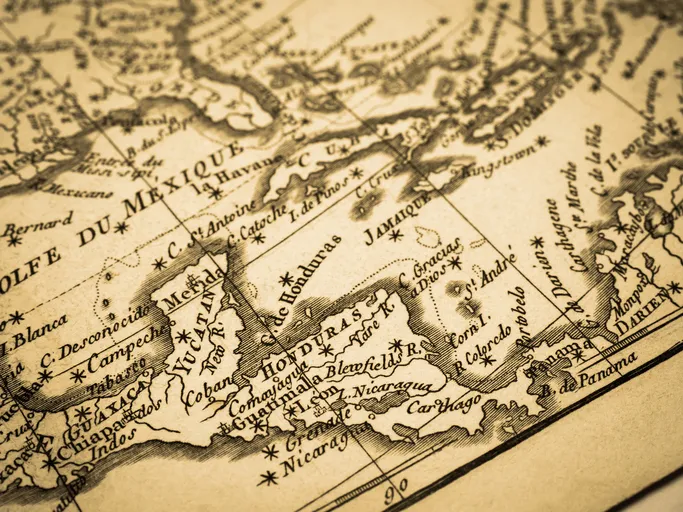
He eventually found his way to California, and spent the next decade among the rocks, trees and flowers of his beloved Yosemite. Near Yosemite Falls he built himself a $3 shack made of sugar pine over a stream, as he liked to hear the sound of running water. Tree frogs in an archway of ferns “made fine music in the night” while he lay in his hammock.
His exploration of the valley was marked by his stoical constitution – he often went out with just a crust of bread and slept out for nights on end under the sparkling Sierra skies– and by his extraordinary daring.
His derring-do exploits included shuffling out on a three-inch-wide ledge towards the very lip of the 1,430-foot Upper Yosemite Falls on a moonlit night, just to get a closer view. “The effect was enchanting” he wrote. “Fine savage music sounding above, beneath, around me; while the moon… now darkly veiled or eclipsed by the rush of thick-headed comets, now flashing through openings between their tails. I was in fairyland between the dark wall and the wild throng of illumined waters.”
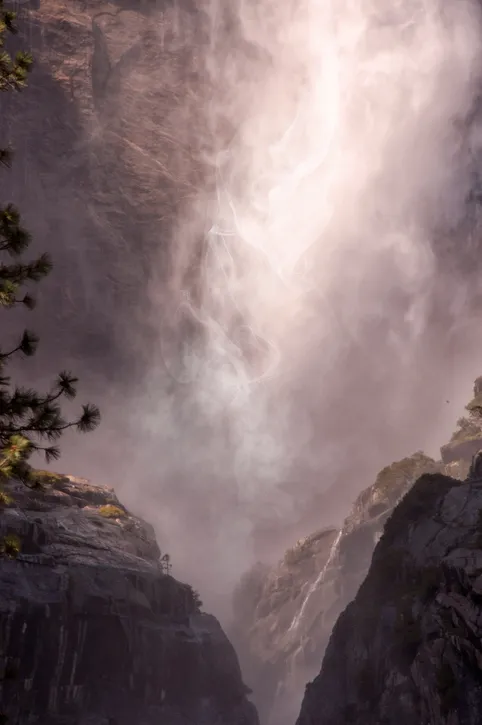
On another occasion, he deliberately took a dizzying ride in the top of a Douglas fir to experience a fierce windstorm. “The slender tops fairly flapped and swished in the passionate torrent, bending and swirling backward and forward, round and round, tracing indescribable combinations of vertical and horizontal curves, while I clung with muscles firm braced, like a bobolink (an American blackbird) on a reed.”
After the storm, detailed in John Muir’s Mountains of California (1894), he commented on the interconnectedness of nature: “We all travel the Milky Way together, trees and men” and “When we try to pick out anything by itself, we find it hitched to everything else in the Universe.”
Among his other Yosemite adventures was being tossed about on the valley floor during the great 1872 earthquake; surviving a “gloriously exciting” avalanche in a Yosemite side canyon, and actually charging a large grizzly bear – so he could study how it moved. Muir was also the first to conclusively prove that Yosemite had been carved out by the glaciers of the last Ice Age 15,000 years ago. Until then, accepted geological wisdom thought that the valley was formed by a huge rift fault.
Muir’s most notable Yosemite visitor was perhaps President Theodore Roosevelt, who joined him for a three-night camping trip in 1903. It was possibly the defining moment when the concept of “America’s best idea” of national parks entered the American psyche. Roosevelt became one of the strongest proponents of national parks, creating five during his presidency and extending Yosemite.
Who did John Muir marry and did he have children?
Muir married Louie Wanda Strentzel in 1880 and ran the family fruit farm at Martinez, north of San Francisco for five years, where they brought up their two daughters, Wanda and Helen.
Muir constantly pined for his beloved mountains, and was encouraged by his lifelong friend and mentor Jeanne Carr to laboriously write up his memories in what he called his “scribble den” on the top floor. He continued to campaign for the preservation of America’s scenic heritage, founding the influential environmental pressure group, the Sierra Club, in 1892.
When did John Muir die?
John Muir died in 1914, aged 76, of pneumonia. He is buried in the Contra Costa hills.
How is John Muir remembered?
Yosemite will always remain John Muir’s lasting monument. Although in high summer the valley floor is thronged with tourists, crammed with shopping outlets, and blighted by a notorious one-way traffic system, if you follow Muir’s advice you can still find that, as John Muir put it, “going to the mountains is going home; that wildness is a necessity; and mountain parks and reservations are useful not only as fountains of timber and irrigating rivers, but as fountains of life.”
